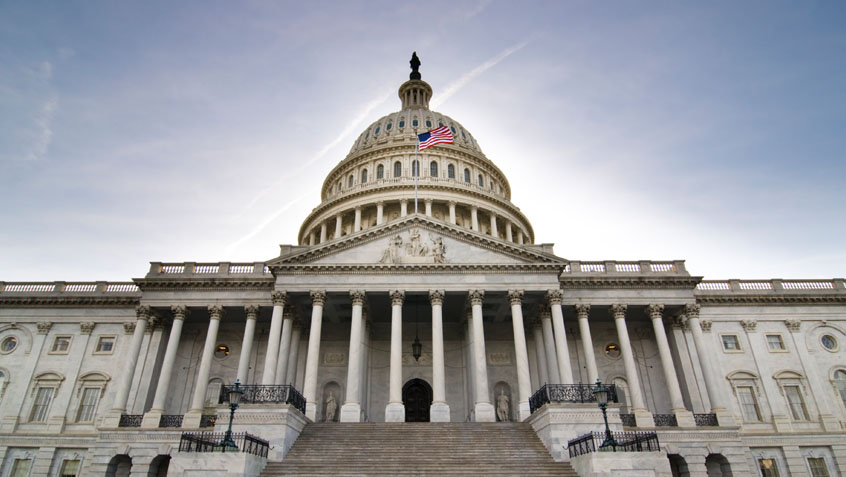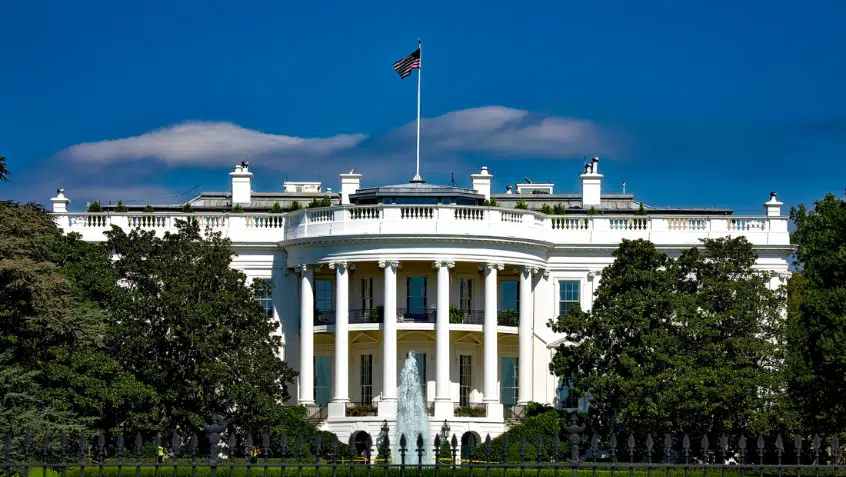People with Medicare Burdened with Higher Health Care Spending

The Kaiser Family Foundation recently released a report with new data on how much people with Medicare paid for health care in 2016 as a share of their total spending. These data show that Medicare households spend a higher proportion of their incomes on health care coverage, services, and drugs than non-Medicare households. This is important information when discussing what policies should be enacted to protect or improve Medicare’s affordability, especially for those with tight household budgets and fixed incomes.
Medicare provides health care coverage to nearly 60 million older adults and people with disabilities each year. And while the incomes of Medicare beneficiaries are extremely variable, the vast majority cannot afford to pay more for care. In 2016, half of all beneficiaries had incomes below $26,200, and one-quarter had incomes below $15,250.
That same year, Medicare households spent 14% of their total spending on health care–more than double that of non-Medicare households (6%). This spending included insurance premiums, medical care, medical supplies, and prescription drugs. Both groups dedicated similar amounts to food, housing, and transportation, but Medicare households cut back sharply on education, entertainment, and apparel.
Medicare households are also far more likely than their non-Medicare counterparts to devote at least 20% of their total spending to health care. Nearly one out of every three Medicare households spent 20% or more of their total spending on health care, compared with about one in 20 for non-Medicare households. More than one in 10 Medicare households spent over 30%, and one in 25 spent 40% or more.
And the share of Medicare households with health care spending at this level increased with age, as needs rise. The report found spending on health expenses as a share of total spending to be highly related to the age of the oldest member of the household. When the oldest household member was 65-74, around one in four Medicare households spent 20% or more. But when the oldest member was 85 or older, the number of households spending 20% on health care rose to two out of five, or 40%.
These findings demonstrate how vulnerable many people with Medicare are to rising costs. The modest incomes of many Medicare households, coupled with demographic shifts that are increasing the number of beneficiaries aged 85+ means that we must redouble our focus on affordability to ensure all people with Medicare are able to receive the appropriate care that is part of the Medicare guarantee.
The Latest
Most Read
Add Medicare to Your Inbox
Sign up to receive Medicare news, policy developments, and other useful updates from the Medicare Rights.
View this profile on InstagramMedicare Rights Center (@medicarerights) • Instagram photos and videos









